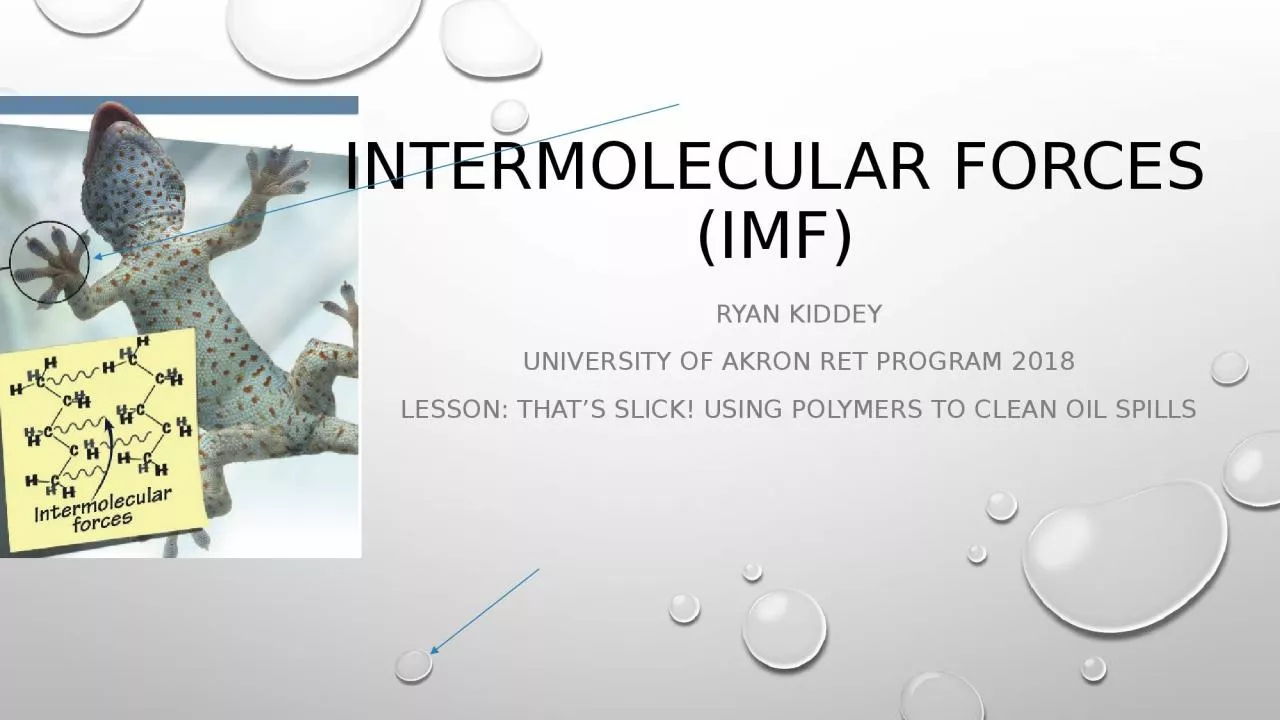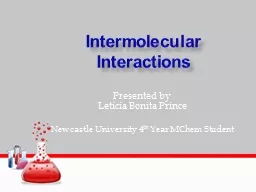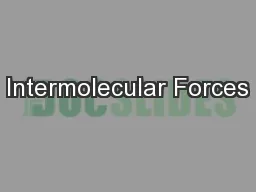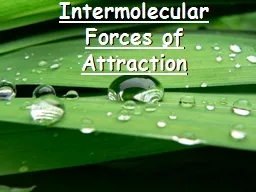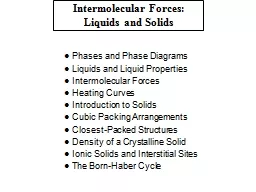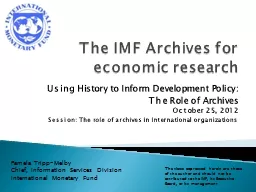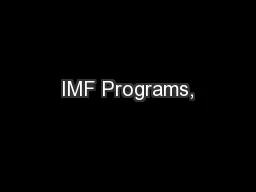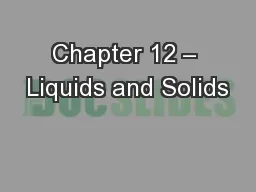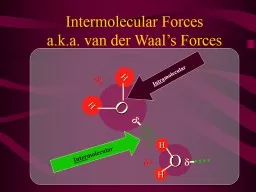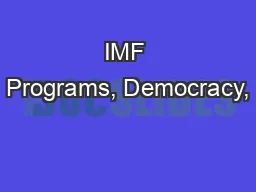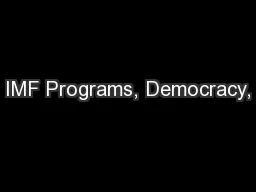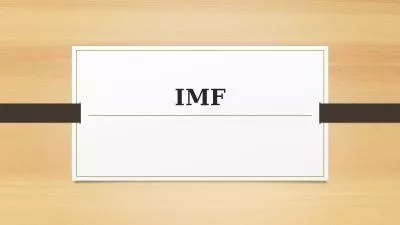PPT-Intermolecular forces (IMF)
Author : LuckyLadybug | Published Date : 2022-07-28
Ryan kiddey University of akron ret program 2018 Lesson Thats slick Using polymers to clean oil spills Intra molecular bond vs inter molecular force Intra
Presentation Embed Code
Download Presentation
Download Presentation The PPT/PDF document "Intermolecular forces (IMF)" is the property of its rightful owner. Permission is granted to download and print the materials on this website for personal, non-commercial use only, and to display it on your personal computer provided you do not modify the materials and that you retain all copyright notices contained in the materials. By downloading content from our website, you accept the terms of this agreement.
Intermolecular forces (IMF): Transcript
Download Rules Of Document
"Intermolecular forces (IMF)"The content belongs to its owner. You may download and print it for personal use, without modification, and keep all copyright notices. By downloading, you agree to these terms.
Related Documents

